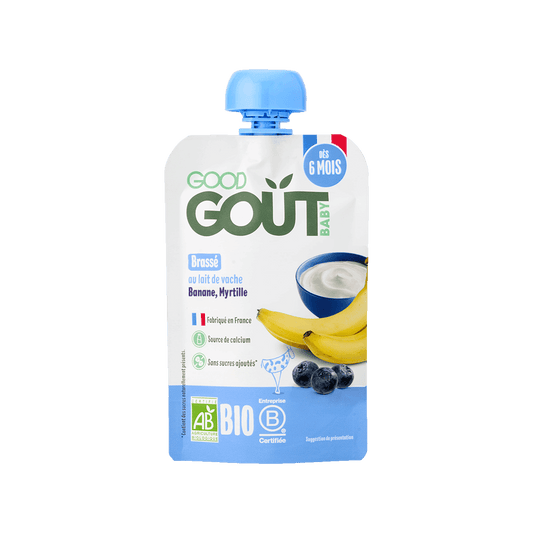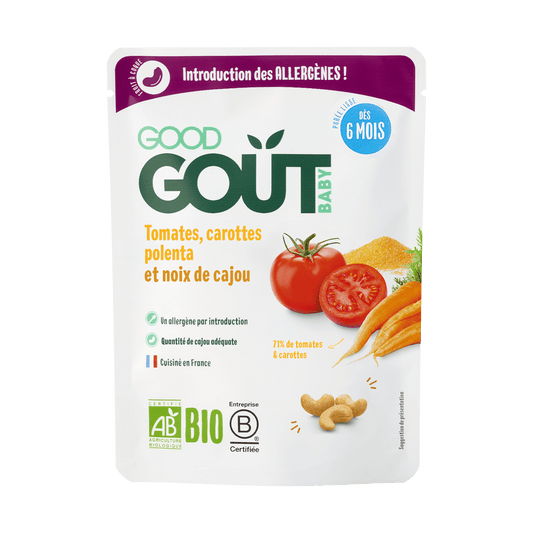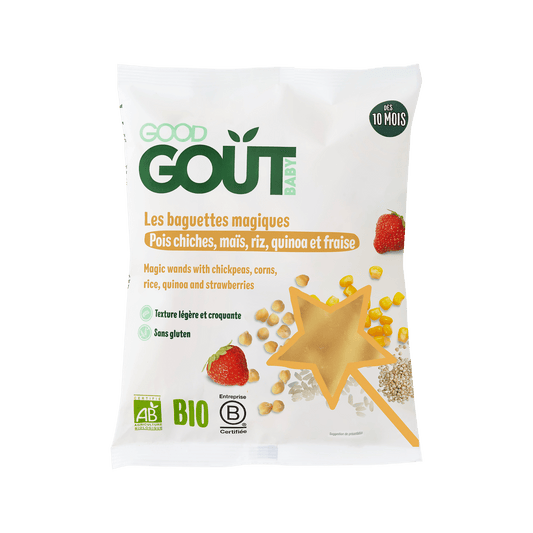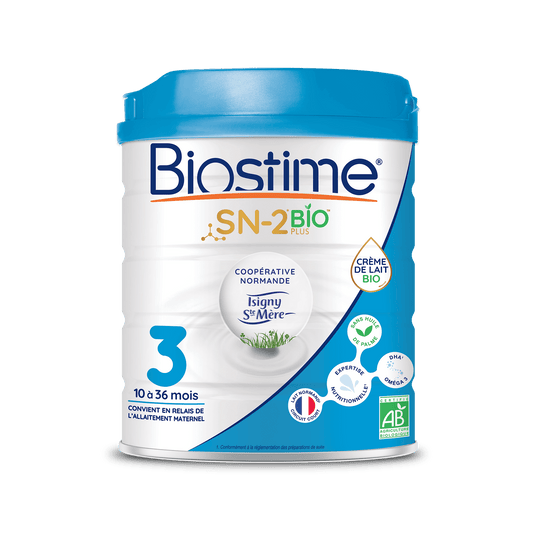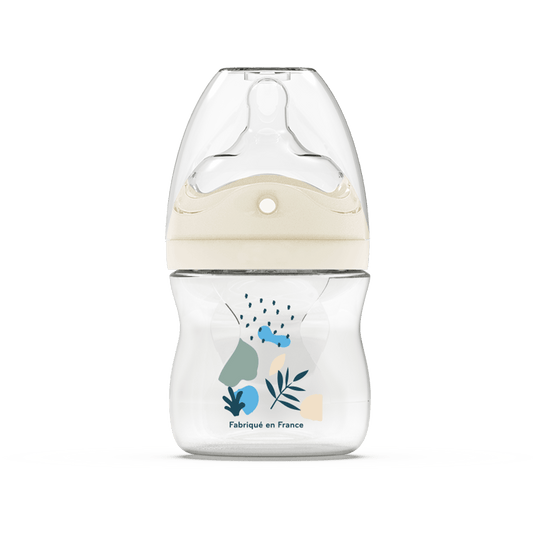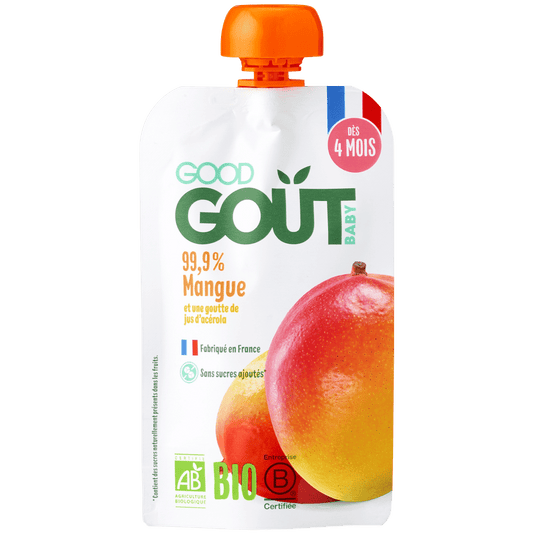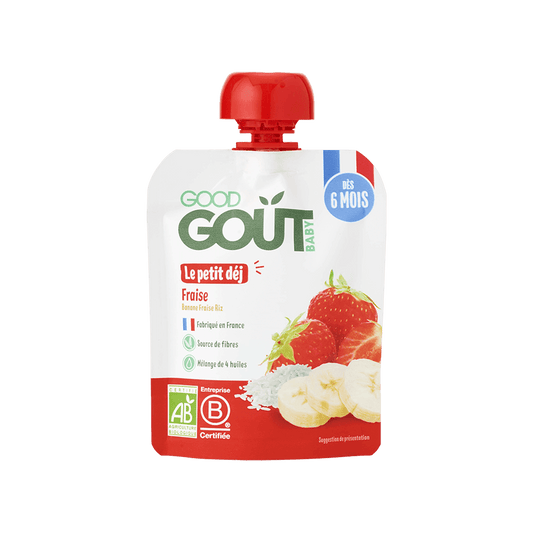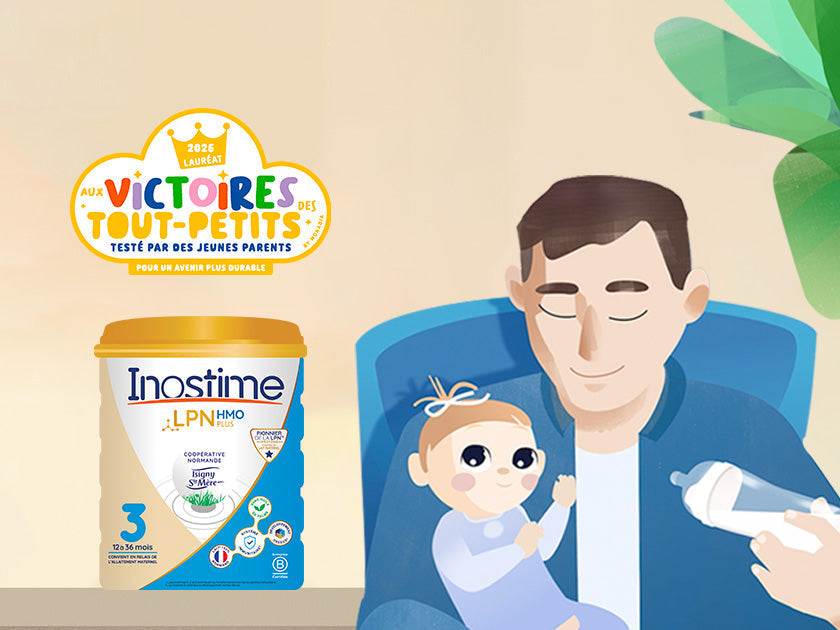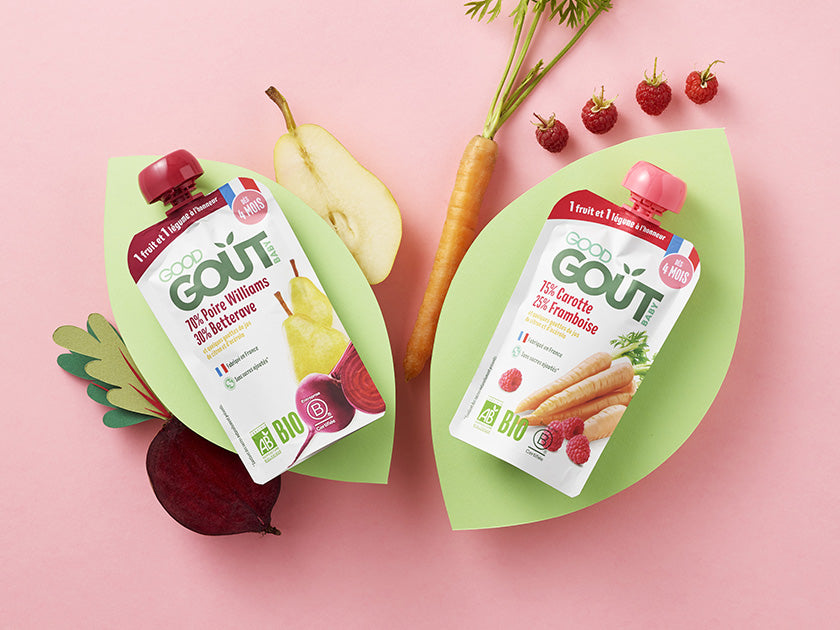If milk has a daily place in our little ones' bottles, it's not for nothing, no madam! Milk (skimmed, semi-skimmed, infant), yogurts, and cheese contain calcium. Other foods like spinach, cabbage, and sesame are also very interesting sources of calcium. And you'll see how important this element, calcium, is for the healthy development of our mini-me.
What is Calcium used for?
Calcium, once absorbed by the body, binds to bones, giving them strength and robustness. Did you know that the human skeleton renews itself 3 to 4 times in a lifetime? Bones are actually living tissues, and for them to regenerate properly, they need calcium.
But in addition to being essential for the growth of our children's bones, calcium has many other, lesser-known properties. Calcium doesn't just bind to bones; it also circulates in blood vessels. However, calcium levels in the blood must remain constant because it helps regulate many things: blood pressure, the transmission of nerve impulses, blood clotting, and hormonal functions.
Where to find Calcium?
All these properties are amazing! But the human body cannot produce its own calcium... For our babies to grow up big and strong, we need to provide them with calcium through their diet, and for this, nature has many resources.
Did you know that calcium isn't just found in dairy products? Dairy products certainly contain the form of calcium that's most easily absorbed by our bodies. But fish, oilseeds (sesame, sunflower, etc.), legumes (flagolet beans, lentils, beans, etc.), certain fruits (oranges, blackberries, rhubarb, etc.), nuts, and green vegetables like spinach and cabbage also contain it. So there's no excuse for our little ones not to get their calcium fix and a colorful plate!
Which dairy product for my baby?
Weaning your baby off may no longer be a mystery, and you know that you can easily incorporate green vegetables and some of the calcium-rich fruits mentioned above. However, dairy products require more caution because not all of them can be given to your baby from the start.
Is your baby less than 4 months old?
He still feeds almost exclusively on milk. Breast milk will always be the best option, but breastfeeding is unfortunately not always possible. In the latter case, rely on infant formulas, which are formulated to meet the needs of each age group.
Has your baby turned 4 months old and started weaning?
As you know, breast milk and infant formula are still very present during the weaning phase. During this period, your little one should still consume 500ml per day. But from 4 to 6 months, you can start turning to dairy products made for babies. Is your little one already a fan of Good Fruit Gourdes? Then they'll definitely be a fan of Good Goût fruit smoothies !
But what about other dairy products?
Yogurt can be given to your baby from 6 months old. You can add fruit to their yogurt (in pieces or puree), but make sure your little one has already tasted the fruit separately. However, be careful to avoid fruit yogurts that you consume yourself because these are often too sweet for your baby and do not meet the specifications for infant nutrition (nutritional balance, contaminants, etc.).
You can also introduce cheese to your baby at this time . Start with soft cheeses (such as ricotta, for example) that you can easily give with a spoon. Later, give them firmer cheeses.
Why give dairy products preferably rich in fat (like whole milk)?
During the first few years of your baby's life, he or she needs a nutritional intake rich in iron and fatty acids, so full-fat dairy products are best suited to providing the nutrients he or she needs. While there are no contraindications to giving semi-skimmed milk, you should definitely avoid giving your child raw milk.
To go further and become an expert on baby dairy products, we invite you to discover this other article written by us!
Important notice: Breast milk is the ideal and natural food for infants.
Sources:
Dairy Products "Calcium": http://www.produits-laitiers.com/alimentation-et-sante/apports-nutritionnels/calcium/
Health Passport "Calcium": http://www.passeportsante.net/fr/Solutions/PlantesSupplements/Fiche.aspx?doc=calcium_ps
Eat Move "Breastfeeding or infant formula": http://www.mangerbouger.fr/pour-qui-242/enfants/la-periode-d-allaitement-0-6-mois/le-lait-en-exclusivite/allaitement-ou-laits-infantiles.html
Eat Move "The 1st stage of diversification (4 months-8 months)": http://www.mangerbouger.fr/pour-qui-242/enfants/la-phase-de-diversification-6-mois-3-ans/bien-manger-57/la-1ere-etape-de-diversification-4-mois-8-mois.html

